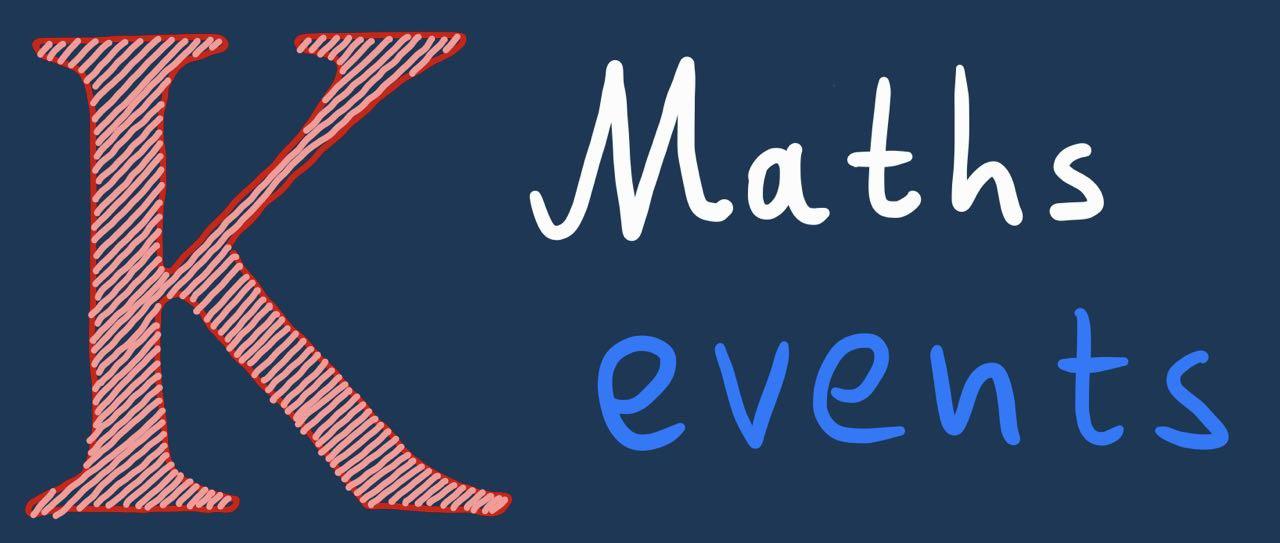Found 1 result(s)01.01.1970 (Thursday)
PR KCL Probability Seminar: Counting in random combinatorial structures
regular seminar Peter Allen (The London School of Economics)
| at: 14:00 - 15:00 KCL, Strand room: S-3.18 abstract: | Conlon and Gowers in 2016 described a general approach to proving sparse random analogues of extremal results in combinatorics, such as bounding the minimum and maximum number of triangles in any subgraph of G(n,p) with a given number of edges. The general part of this approach is a functional-analytic statement which, given a sparse setting, constructs a dense model. However there is a condition which must be shown to hold with high probability to apply the dense model theorem. In Conlon and Gowers' work, there is a technical difficulty with the probabilistic part which leads to a rather involved proof, which applies only in a restricted setting (for example, they can handle triangles but not triangles with a pendant edge), and with quite poor bounds on 'high probability'.
|
